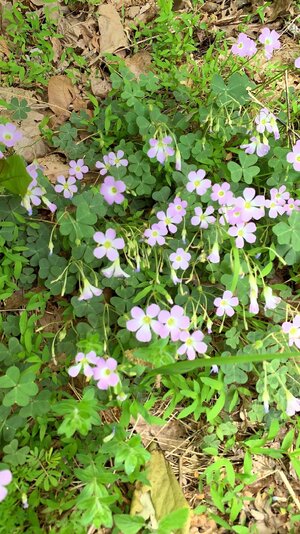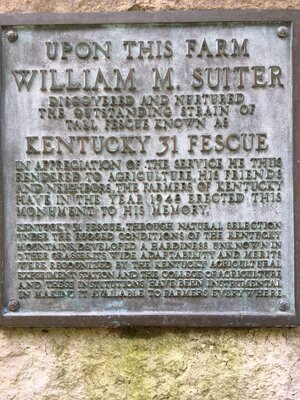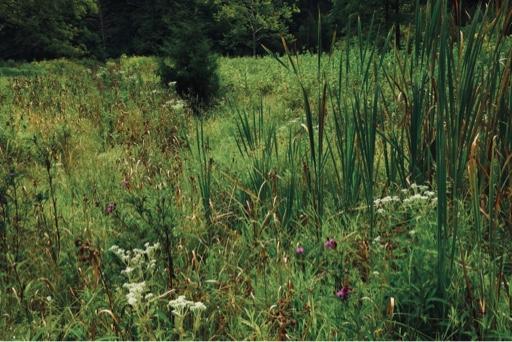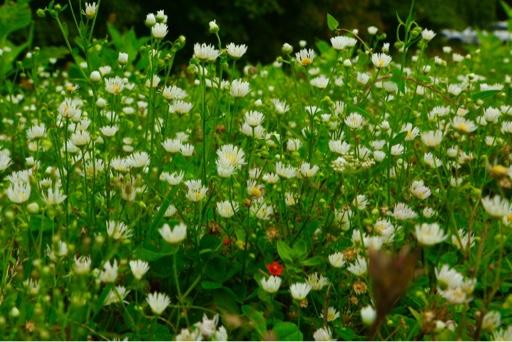dogghr
Well-Known Member
I forgot what soil type you have. But, is it deep or rich soils? Lots of organic material?
Poor shallow shale soils w limestone bedrock within 1-3 feet. I started another thread so as not to hijack this one.
Sent from my iPhone using Tapatalk









